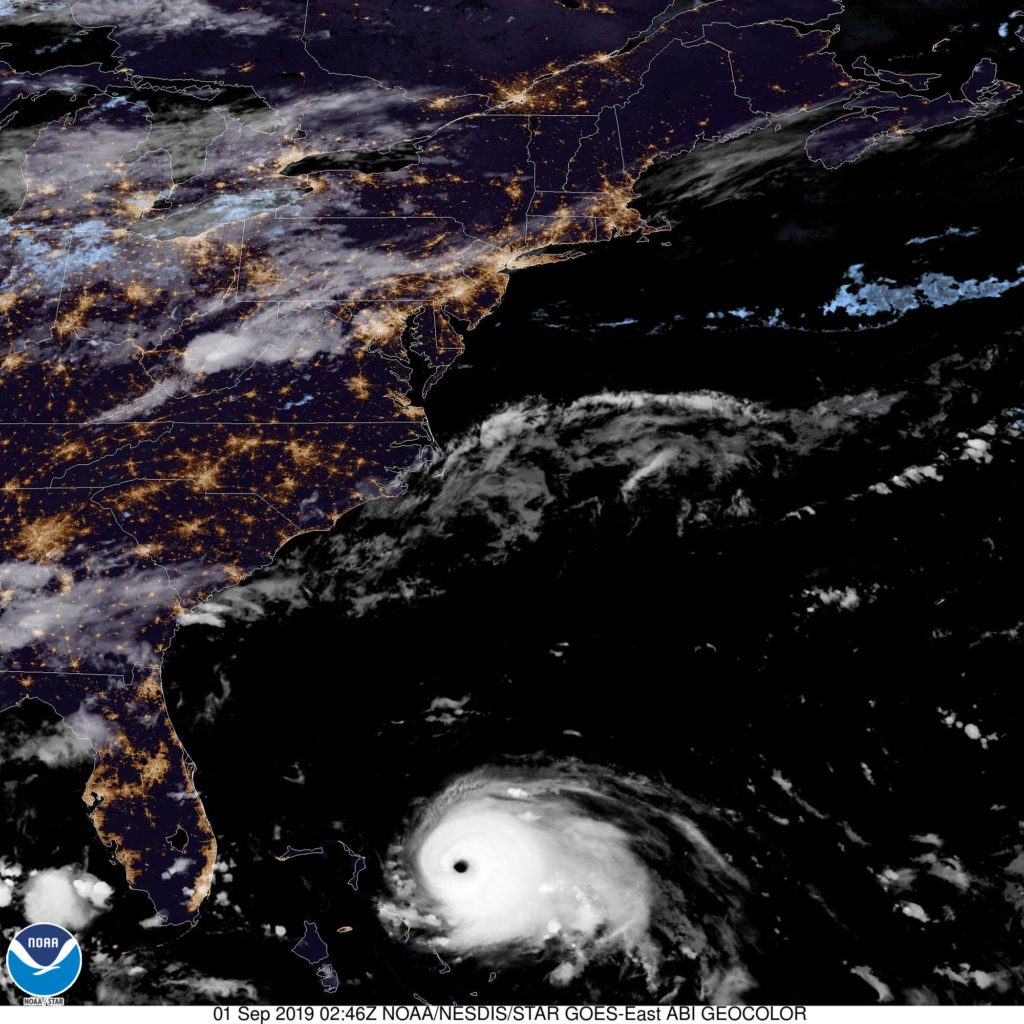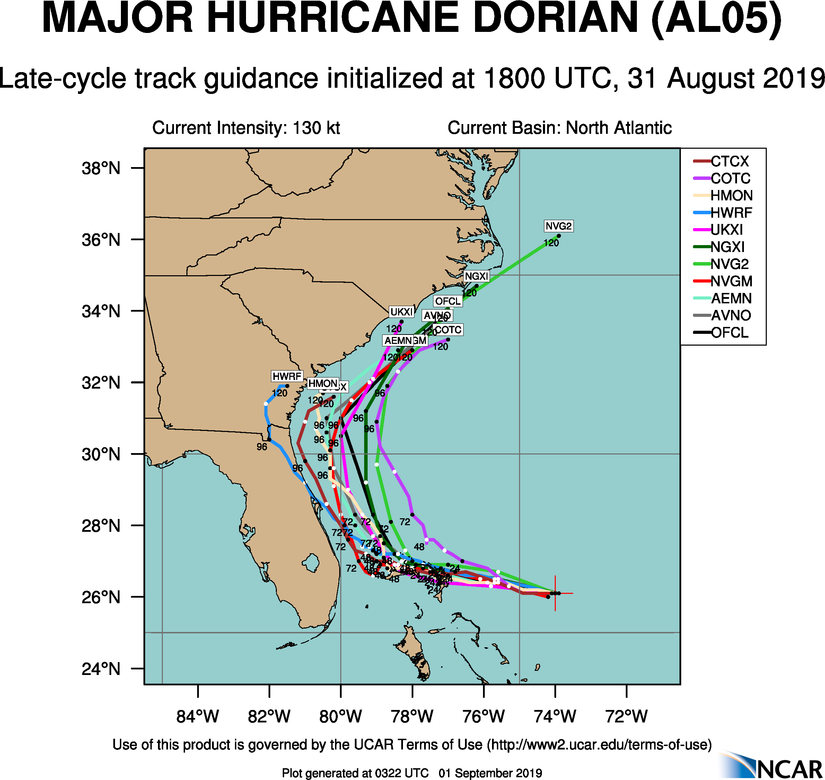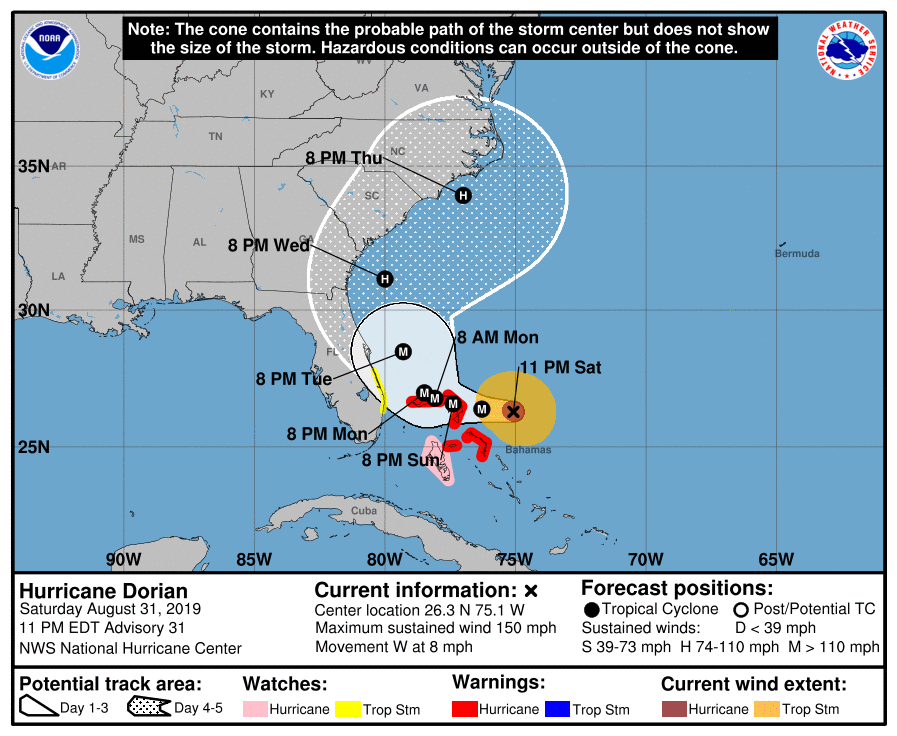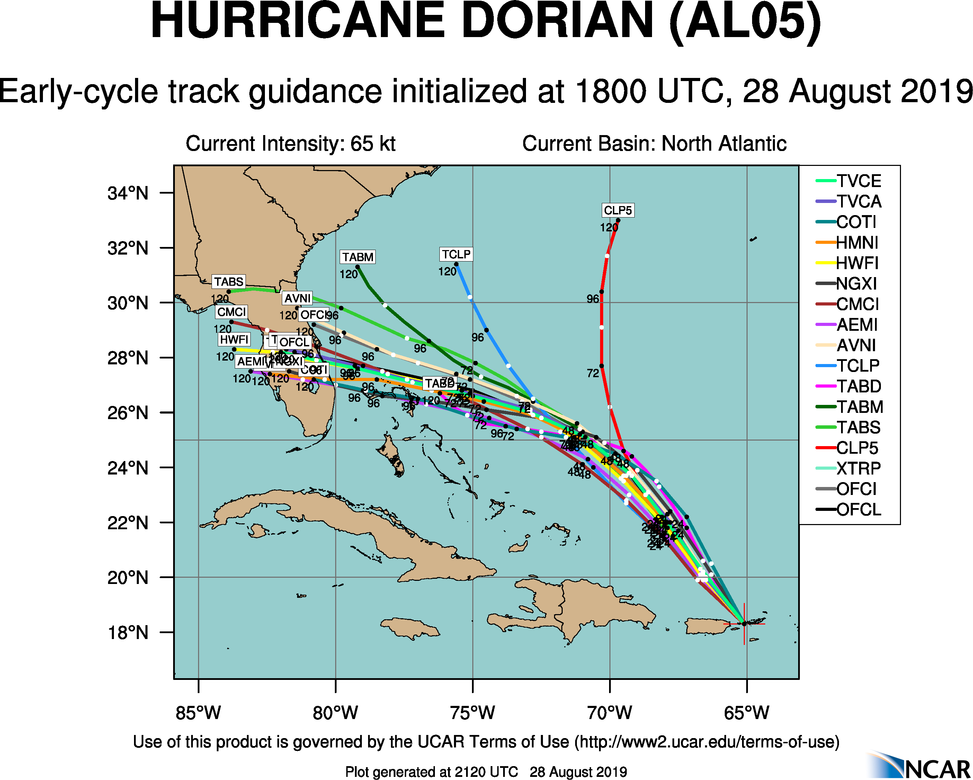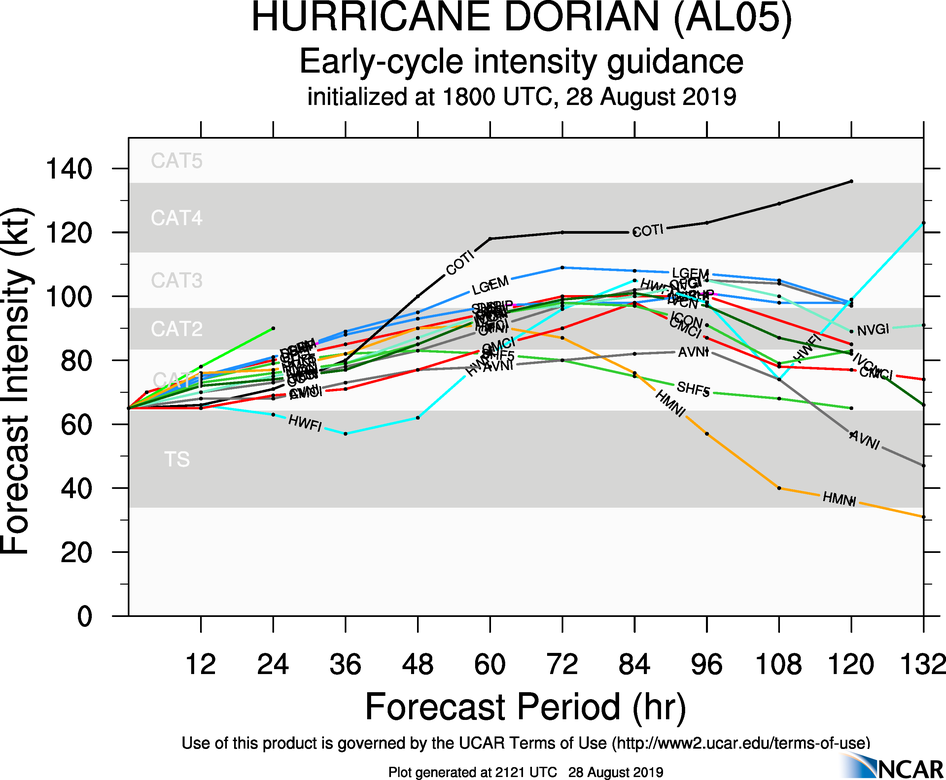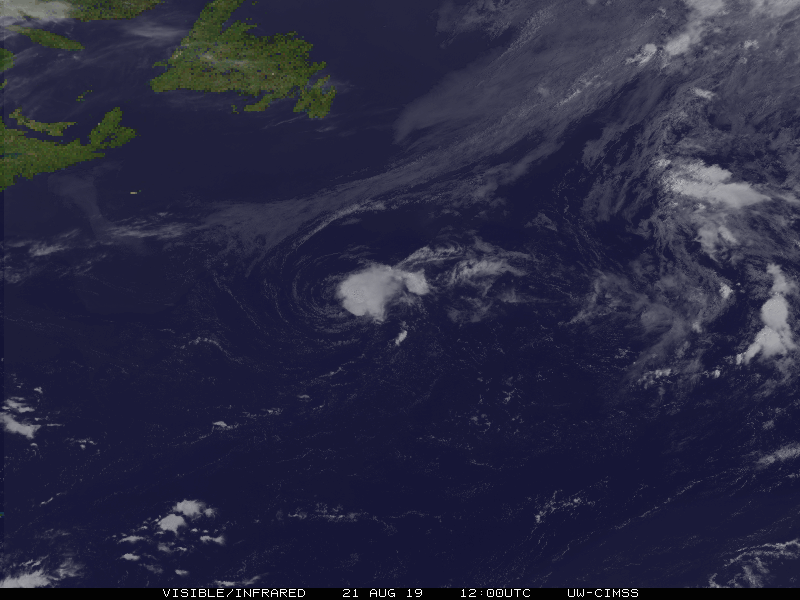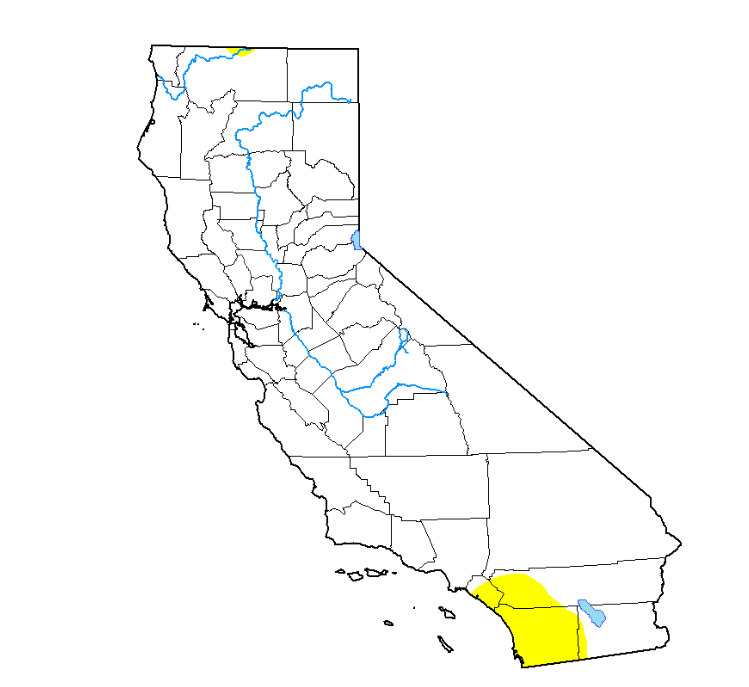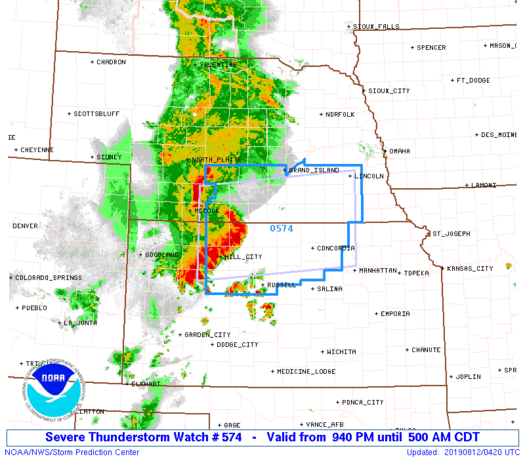Before we begin, I want to highlight just what a miserable several days it’s been in southeastern South Dakota. Three EF-2 tornadoes embedded in a strong squall line tore through the south side of Sioux Falls, the state’s largest city Tuesday night. The massive devastation goes to prove, once again, that these strong squall events should be taken very seriously, because these tornadoes were so quick and briefly on the ground, they were over almost as soon as they were detected on radar.
The heaviest damage seemed to occur in one of the main commercial areas of the city, passing through a shopping center and a mall parking lot, and most noticeably tearing to shreds an Advanced Auto Parts. The City of Sioux Falls added this drone footage to their Twitter feed.
While the tornadoes were embedded in a squall line, the squall line was a part of a persistent pattern of wet weather, that brought massive flooding to southeastern South Dakota and southwest Minnesota. Large tracts of I-90 were closed west of Sioux Falls to Mitchell, and many towns, including Madison, were cut off from the outside world by the rising rivers and creeks in the area. Many places received a foot of rain in a 72 hour period, and the region will remain wet this week. Let’s hope for better days soon.
As for the forecasting in the month of October, WeatherNation’s strategy of associating closely with the Weather
| Outlet | Month wins |
| Victoria-Weather | 2 |
| Weatherbug | 2 |
| National Weather Service | 1.5 |
| WeatherNation | 1.5 |
| The Weather Channel | 1 |
| Forecast.io | 0 |
| Accuweather | 0 |
| Outlet | Month wins | year wins |
| Victoria-Weather | 2 | 12.95 |
| The Weather Channel | 1 | 11.7 |
| Weatherbug | 2 | 9.58 |
| WeatherNation | 1.5 | 7.61 |
| National Weather Service | 1.5 | 7.28 |
| Forecast.io | 0 | 6.75 |
| Accuweather | 0 | 6.61 |


